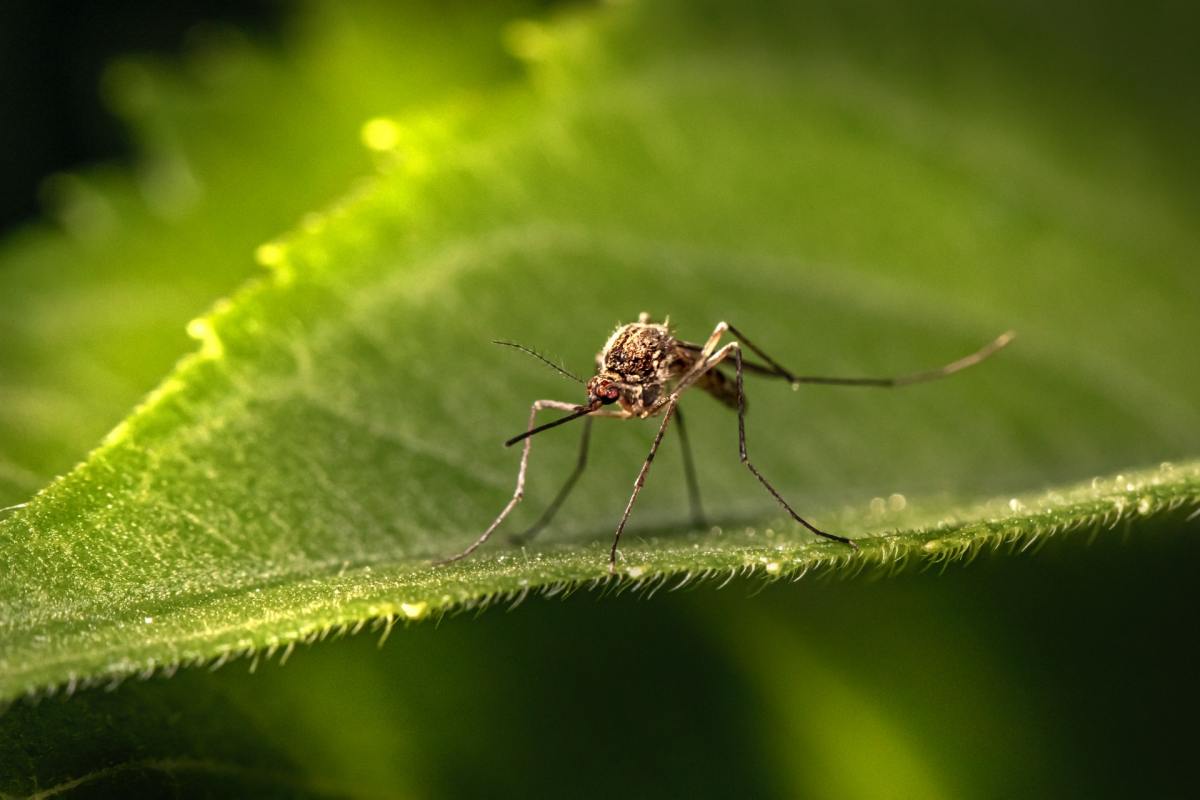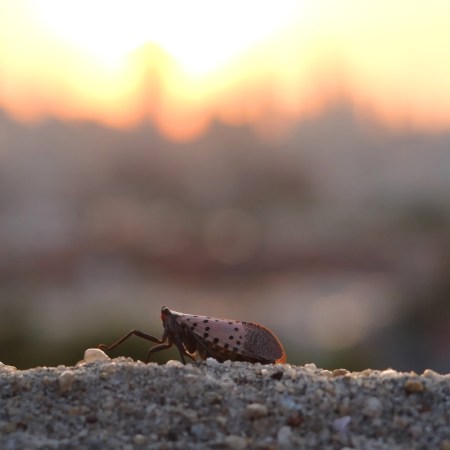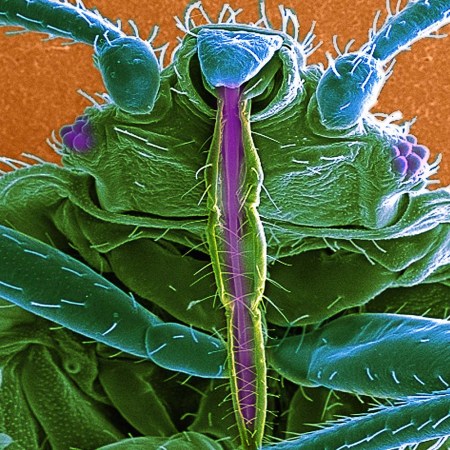If you’re looking to be alarmed by something on the internet, you might want to venture down to the CDC’s website, where the agency in question tracks the regions where one might find Aedes aegypti. Aedes aegypti is a species of mosquito that’s known to spread diseases like chikungunya, Zika and dengue — which can lead to outbreaks.
Nearly all of California is included in this map, and it’s led the government to embark on a bold and potentially risky plan — sending genetically engineered mosquitos out into the wild to reduce the population of Aedes aegypti.
An article in the Los Angeles Times explores the ideas at the heart of the plan, as well as the reasons why some residents are worried about its consequences. The mosquitos were designed by the company Oxitec; essentially, when the males mate with female Aedes aegypti, the resulting female offspring die. Given the speed at which mosquitos reproduce, this can — in theory — have a substantial effect on reducing the mosquito population.
(As a quick reminder: male mosquitos don’t bite; if a mosquito has bit you, it’s a female.)
The EPA is in favor of this experiment going forward in California’s Tulare County. California’s state government still needs to approve it, however — and given that this technology is in its early days, there are plenty of concerns surrounding what could potentially go wrong.
If this project does go ahead and is successful, these genetically engineered mosquitos could be deployed to more regions around the world where mosquitos spread disease — but that’s still a big if.
Thanks for reading InsideHook. Sign up for our daily newsletter and be in the know.


















